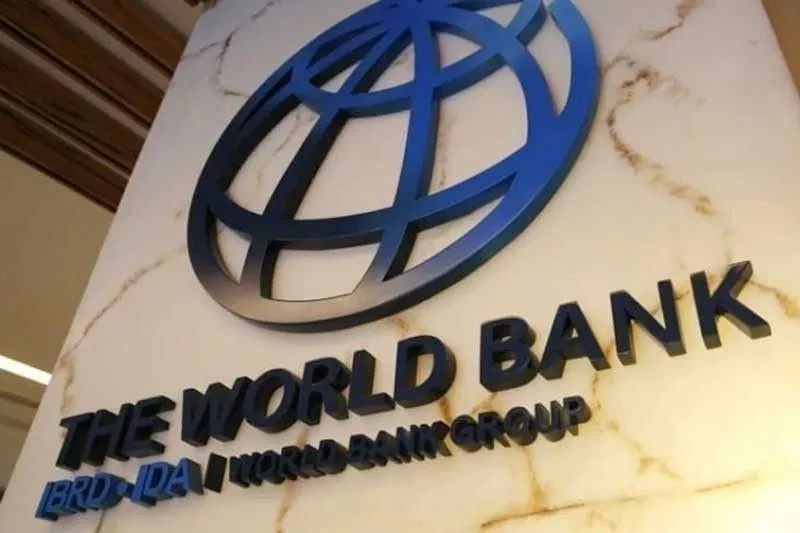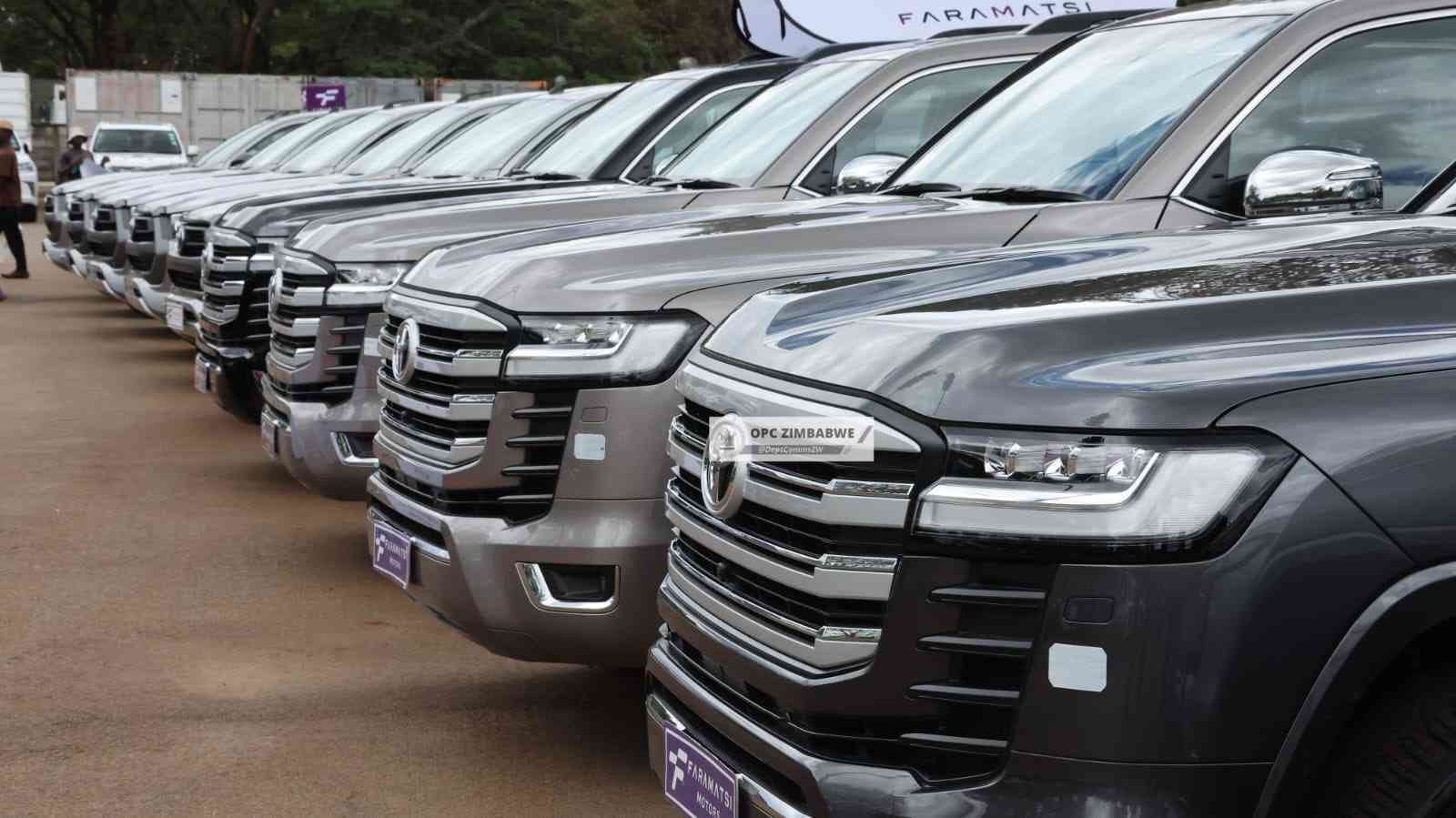
It’s hard to imagine modern life without the digital world. From what we eat and what news we follow, to where and how we shop and who we admire and despise, digitality is arguably the defining characteristic of the 21st century.
It is as multi-faceted as it is complex, and it’s been credited with civic action, interfering with electoral processes and negatively affecting the mental health and well-being of its users.
Over and above its social, cultural and political implications, cyberspace is also big business.
A World Bank report estimates that in 2016, the global digital economy was worth US$11.5 trillion — equivalent to 15.5% of the global gross domestic product of that year. But what is a digital economy?
Simply put, the digital economy encompasses economic activities that are partially or wholly facilitated by digital technologies.
From retail and digital payments to content creation and gig workers, the digital economy is as diverse and interactive as the internet itself.
The Covid-19 pandemic and ensuing lockdowns (especially in 2020) accelerated the already growing digital economy.
The United Nations Conference on Trade and Development’s 2021 Digital Economy Report states that global internet bandwidth rose by 35% in 2020. However, some countries are more equal than others.
- Mavhunga puts DeMbare into Chibuku quarterfinals
- Bulls to charge into Zimbabwe gold stocks
- Ndiraya concerned as goals dry up
- Letters: How solar power is transforming African farms
Keep Reading
The United States and China dominate when it comes to adoption, research, funding and market capitalisation.
The developing world, however, (where Zimbabwe falls), has much room for improvement: of the three billion people without access to the internet, the vast majority are in developing countries.
The World Bank’s Digital Economy for Africa Initiative (DE4A) aims to make “ every African individual, business and government to be digitally enabled by 2030.”
As part of the African Union’s Digital Transformation Strategy for Africa, the DE4A published a diagnostic report on Zimbabwe in March 2021.
The report maps out the state of Zimbabwe’s digital economy, analysing strengths, weaknesses and prospects for the sector’s future. Pre-Covid-19, ICT was the fastest growing sector in Zimbabwe.
Despite a temporary ban on mobile money transactions and trading on the Zimbabwe Stock Exchange in 2020, the mobile money sector has grown.
The World Bank diagnostic report outlines that 96% of transactions are now conducted on mobile money platforms, with 7.1 million mobile wallet accounts across the country — just under half of the country’s population.
This is largely thanks to high rates of mobile penetration. The 2022 census report shows that at least 87% of households in both rural and urban Zimbabwe own mobile phones.
This is a bonus for people and rural populations that may not have easy access to banking and financial services.
However, the cost of digital transactions remains high (the Intermediated money transfer tax comes to mind).
The 2018 ban on financial institutions trading in cryptocurrency, intended to prevent its use for criminal activity, has also created a black market where crypto scams flourish.
Permanent or temporary, bans are not regulation. They are instead an obstacle on the road that may compel people to find detours. However, there is hope on the horizon. The Reserve Bank has expressed interest in exploring the creation of a central bank digital currency (CBDC), going as far as launching a customer survey at the end of 2022 to gauge public perceptions of CBDCs.
CBDCs use blockchain, the same technology for cryptocurrency.
What sets them apart is the stability and trust that comes from being associated with a financial institution.
In order for Zimbabwe’s financial technology sector to truly flourish and establish itself, regulatory policies that encourage its uptake make it accessible and protect consumers while working in tandem with financial institutions is the way forward.
What of digital infrastructure? From hardware such as broadband networks, routers and data centres and software including mobile applications, cloud computing and blockchain, digital infrastructure is integral for 21st century daily life, administration and development.
Zimbabwe’s digital infrastructure gets a positive mention from the World Bank.
Connectivity and network coverage across urban areas is well developed, with Econet launching 5G network base stations in 22 sites across Harare, Bulawayo, Chitungwiza and Gweru.
That makes the country one of 13 countries in Africa to have a 5G network.
This is an example of digitalisation enabling ‘developing’ countries to leapfrog stages of development — a position supported by the New Africa-Europe Digital Economy Partnership.
However, the infrastructure necessary for digital economic activities is not equally distributed.
Concentrated largely in urban areas, rural areas — where 67% of the population resides as per the 2022 census report - don’t have sufficient coverage.
Mobile phone network coverage is high across the country with our three mobile network providers sharing infrastructure across 267 sites.
Mobile networks remain the main source of internet traffic.
While this has been a positive for platforms such as mobile money and WhatsApp (both useful for conducting business), it’s a different story for fixed line infrastructure. TelOne is currently the only provider for fixed line network.
Healthy competition in this sector would encourage innovation and cooperation, as well as giving customers more options for providers.
On a continental scale, Zimbabwe is part of several programmes and initiatives aimed at boosting Africa’s digital economy. It’s part of Vision 2030, which includes plans for ICT Special Economic Zones, an ICT driven knowledge-based economy and digital banking.
The sixth Transform Africa Summit will be held in Victoria Falls from April 26 to 28 under the theme ‘Connect, Innovate and Transform’ as part of the Smart Africa Initiative. This will be the first time that the summit will be held outside Rwanda.
The Smart Africa Initiative has set the creation of a Digital Single Market in Africa as its strategic vision.
The digital economy is also part of Agenda 2063, the African Union’s plan for continental transformation by 2063. As part of Agenda 2063, the Digital Transformation Strategy for Africa builds on frameworks such as the African Continental Free Trade Area (AfCFTA) to “support the development of a Digital Single Market (DSM) for Africa, as part of the integration priorities of the African Union.”
Zimbabwe was one of the earliest countries to sign the AfCFTA and deposit their instrument of ratification, signalling a willingness to participate in boosting intra-African trade.
The digital sphere is no longer the realm of the future. The digital economy is the present, the here and now. Instead of regarding digital activities as separate from the economy, treating the digital sphere as part and parcel of the economy is key to growth and development. Zimbabwe has made several strides towards embracing and investing in a fully-fledged digital economy. However, crucial gaps remain.
These gaps can be a stumbling block.
They can also be an opportunity for investors, regulators and entrepreneurs.
The question remains: can we take full advantage of the nascent sector and maximise its potential?
*Makomborero Muzenda is a writer and analyst.
*These weekly articles are coordinated by Lovemore Kadenge, an independent consultant, managing consultant of the Zawale Consultant (Private) Limited, past president of the Zimbabwe Economics Society and past president of the Chartered Governance & Accountancy Institute in Zimbabwe .
Feeback: [email protected] and Mobile No. +263 772 382 852
Harare, 04/03/2023











